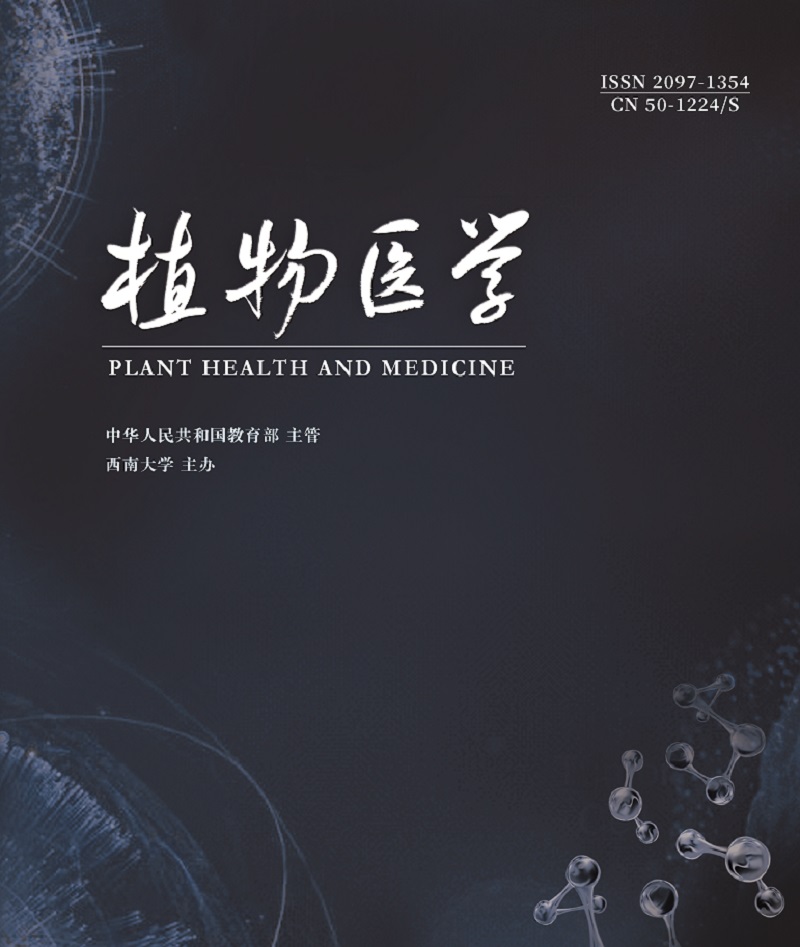Effects of Seed Soaking on the Prevention of Rice Malignant Seedling Disease and Growth of Seedling
- Received Date: 28/05/2023
-
Key words:
- rice /
- lukewarm water soaked /
- seed germination /
- seedling quality /
- rice bakanae disease
Abstract: In recent years, rice seedling disease has become a serious issue, and the effectiveness of seed dressing in preventing rice seedling disease has been decreasing year by year. Therefore, it is increasingly important to find physical control methods that are more safe, environmentally friendly, and reduce the use of pesticides. This article explores the method of use lukewarm water treating the rice seeds. ‘Longjing 31’ rice seeds were used as the test subject. Different seed soaking temperatures, soaking times, and the coating disinfection were evaluated for their effects on seed germination, seedling growth and quality, and the prevention and control of bakanae disease. The results indicate that different soaking temperature and time had varying effects on seed germination, growth, and seedling quality. The critical temperature and time for achieving optimal blanching effects, germination potential, and germination rate were 59℃ for 10 minutes and 60℃ for 10 minutes, respectively. Soaking at 63℃ for 10 minutes and at 60℃ for 18 minutes resulted in the maximum promotion of the dry weight of underground part of plant. Treating the seeds at temperature of 59℃ for 10 minutes and 60℃ for 10 minutes, along with the above-mentioned conditions, achieved an inhibition effect on bakanae disease of more than 99.9%, which was better or same as the effect of seeds dressing. This study establishes the relationship between lukewarm water seed soaking and rice bakanae disease, seed germination, and seedling quality, providing a theoretical basis for the application of lukewarm water seed soaking technology.





 DownLoad:
DownLoad: